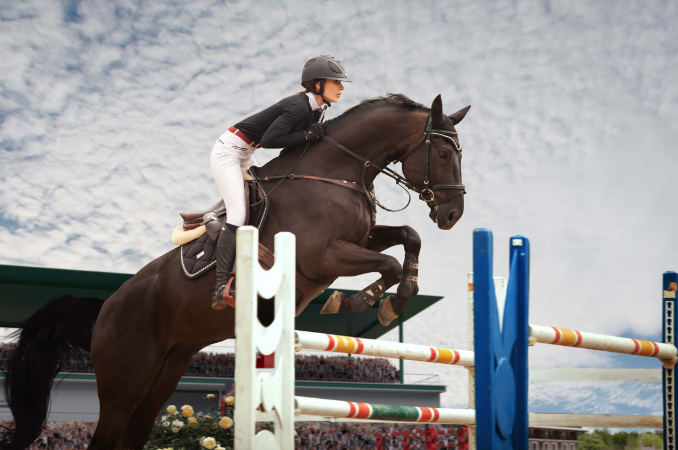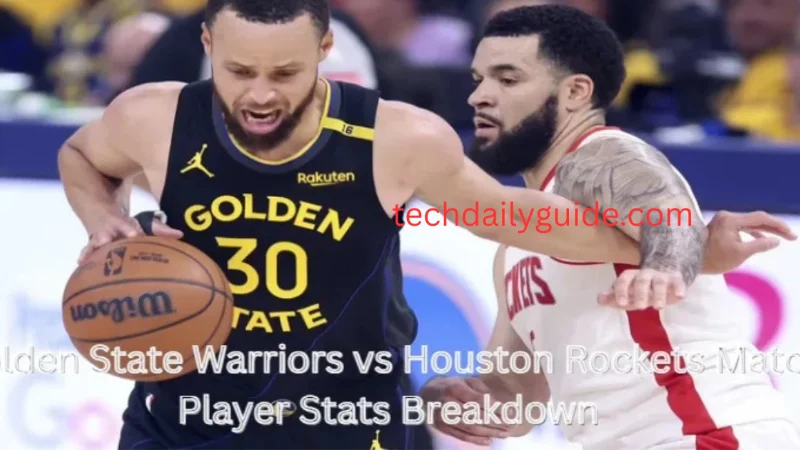Key Highlights
- Equestrian Paralympics 2024 2024 will take place in Paris.
- Riders with disabilities compete in Para-dressage only.
- Mixed-gender sport judged on accuracy and horse-rider harmony.
- Riders are classified by functional ability.
- Great Britain leads in historical medal wins.
- Events will be held at the Château de Versailles.
- The venue will be fully accessible.
What Is Para-Equestrian Sport?
Para-equestrian sport is a form of dressage for riders with disabilities. It is part of the Paralympic Games. The discipline focuses on harmony between rider and horse. The sport includes riders with physical impairments. The competition tests precision, rhythm, and control. It is one of the only mixed-gender Paralympic sports. Both men and women compete together. Riders use adaptive equipment for better control. Judges score based on execution and balance. Athletes compete in three tests: individual, team, and freestyle. Freestyle includes music chosen by the rider. Each rider is classified to ensure fair competition. Classifications range from Grade I to Grade V. Grade I is for the most impaired. Grade V includes the least impaired. Riders often train for years with their horses. The bond between them is essential.
Event Schedule and Location
The equestrian Paralympics 2024 2024 will occur from 3–7 September. The venue is the Château de Versailles. This location is iconic and historic. It offers a scenic setting for the competition. Organizers have made it fully accessible. The venue includes ramps, lifts, and disabled seating. FEI has confirmed five competition days. Each day includes different grade events. Opening rounds start with team tests. Final rounds include individual and freestyle tests. Scores from all events contribute to medals. Spectators can access the site via RER trains. Broadcasts will be available online and on TV. Viewers can stream through Olympic platforms. National broadcasters will also air the events. Paris aims to make the event inclusive for all. Accessibility is a top priority.
Classification: Understanding Grades I–V
Riders undergo assessments before competing. These tests evaluate physical ability and movement. The system ensures equal opportunity. Grade I includes riders with severe impairments. These athletes have limited trunk or limb movement. Grade II includes moderate impairments. These riders may use wheelchairs. Grade III involves better trunk balance. Riders can walk short distances. Grade IV includes riders with good balance. They may have mild impairments. Grade V includes riders with the highest function. They usually have mild coordination issues. Judges consider grade when scoring riders. Each grade has specific test requirements. Riders compete only within their classification. Classification is done by FEI-approved panels. It prevents unfair advantages during events. Athletes may get reclassified over time. Changes depend on medical updates or appeals. The process is strict and standardized.
Qualification Process for Riders and Horses
All riders must meet eligibility scores. They must compete in FEI-sanctioned events. These are held before the Games. Scores from these events determine qualification. Horses must be calm and responsive. They must be at least six years old. Teams are chosen by national federations. Each country selects based on top performance. Some riders may enter via wildcard entries. FEI offers Bipartite Invitations for such cases. Countries may qualify full teams or individuals. Wildcards support broader international representation. Horses and riders must train for synergy. Teams spend years building trust and rhythm. Proper training includes dressage routines and core strength. Trainers focus on precision and responsiveness. The bond is key to performance.
Athletes to Watch at the Games
Several riders are favorites for the 2024 Games. Sir Lee Pearson from the UK leads the pack. He has won multiple Paralympic golds. Sophie Wells is another British star. Natasha Baker returns with strong performances. From the U.S., Roxanne Trunnell is a top name. She won gold in Tokyo 2020. Rebecca Hart adds depth to Team USA. Frank Hosmar from the Netherlands is consistent. Germany brings a team of rising talents. Brazil also has promising young riders. Each of these athletes trains intensely. They have dedicated years to equestrian sports. Their horses are equally skilled and seasoned. Past results suggest tight competition. Fans should expect close scores and strong performances.
Tests, Judging, and Scoring in Para-Dressage
Three types of tests are held: individual, team, and freestyle. Individual tests assess core dressage skills. Team tests include groups of three riders. Freestyle tests allow creativity and musical routines. Each test is graded by a panel of judges. Judges look for accuracy and fluidity. Scores are based on technical and artistic elements. Precision in transitions is key. Riders must maintain harmony with their horses. Even minor errors affect scores. Riders compete with detailed choreography. Freestyle allows riders to showcase style. Judges consider music interpretation and horse rhythm. Each test earns percentage-based scores. Final medal rankings combine multiple scores. Top scorers receive gold, silver, or bronze. The judging is transparent and consistent. FEI oversees the judging system.
Adaptive Equipment and Techniques
Many riders use specialized gear. Adaptive reins are common for better grip. Riders with limb differences use prosthetics. Saddle modifications ensure rider stability. Horses are trained for adaptive cues. Trainers tailor routines based on rider needs. Some riders use voice commands. Others rely on minimal hand gestures. Safety is a top priority. Equipment undergoes inspection before events. FEI approves all gear used in competition. Teams often consult with physiotherapists. Riders also work with occupational therapists. Equipment helps riders compete at elite levels.
Rider-Horse Partnership: The Heart of the Sport
The bond between rider and horse is unique. Trust is developed through years of training. Riders often train with the same horse. Horses are sensitive and intuitive animals. They respond to subtle cues from riders. This relationship is key to performance. Horses sense stress and support their rider. Riders learn each horse’s temperament. Matching horse to rider is crucial. Compatibility boosts confidence and control. Successful pairs move as one unit. Viewers notice their harmony during performances. Judges reward synchronized movement. The partnership is emotional and powerful. Many athletes call their horses teammates. Some even describe them as family. The sport celebrates this unique bond.
Paris 2024: Focus on Inclusion and Accessibility
Organizers of equestrian Paralympics 2024 2024 aim for full inclusion. The Versailles venue includes ramps and accessible seating. All areas are wheelchair-friendly. Riders will have designated stables with adaptive features. Volunteers will assist athletes and spectators. The layout considers all mobility levels. Transportation to the venue includes accessible shuttles. Parking includes designated disabled zones. Event signage is in multiple languages. Information desks will help international visitors. Public restrooms are disability-compliant. Medical staff will be present on-site. FEI and IPC have collaborated on access. Inclusivity extends to media coverage. Broadcasters include sign language interpretation. Live streams will have subtitle options. Accessibility is built into every plan.
Why the Equestrian Paralympics Matters
Equestrian sports provide equal opportunity. Age and gender are not barriers. Riders range from teenagers to seniors. Both men and women compete together. Success depends on skill and partnership. The sport empowers people with disabilities. Riders gain confidence and physical strength. The event promotes inclusion and visibility. It highlights talent, not limitations. Each athlete brings a unique story. Viewers are inspired by their dedication. Horses also play a therapeutic role. The sport brings joy and purpose. Families and communities rally behind riders. Paralympics change public perception. Equestrian events show what’s possible. They redefine courage, resilience, and unity.
FAQs About Equestrian Paralympics 2024 2024
1. What is the main equestrian event in the Paralympics?
Para-dressage is the only equestrian discipline in the Paralympics.
2. Can blind riders participate in equestrian Paralympics?
Yes, blind riders compete with guides and adaptive signals.
3. How are riders classified?
They undergo FEI evaluations based on functional ability.
4. Are male and female athletes judged separately?
No, both compete together and are judged equally.
5. What equipment helps riders with disabilities?
Adaptive reins, special saddles, and voice command systems are used.
6. Where can I watch equestrian Paralympics 2024 2024?
Viewers can stream online and watch on Olympic partner channels.
Final Result: The Power of Determination and Unity
The equestrian Paralympics 2024 2024 is more than a competition. It’s a display of resilience and excellence. Riders defy physical limits with grace. Horses become partners in their journey. Every routine tells a story. Every rider proves ability matters more than disability. The event inspires global audiences. It shifts focus from barriers to possibilities. With its inclusive platform, Paris 2024 will redefine sportsmanship. Audiences can expect unforgettable moments. Prepare to witness strength, elegance, and unity. The equestrian games are set to shine brighter than ever.
Read also: https://techdailyguide.com/houston-rockets-vs-golden-state-warriors-match-player-stats/

